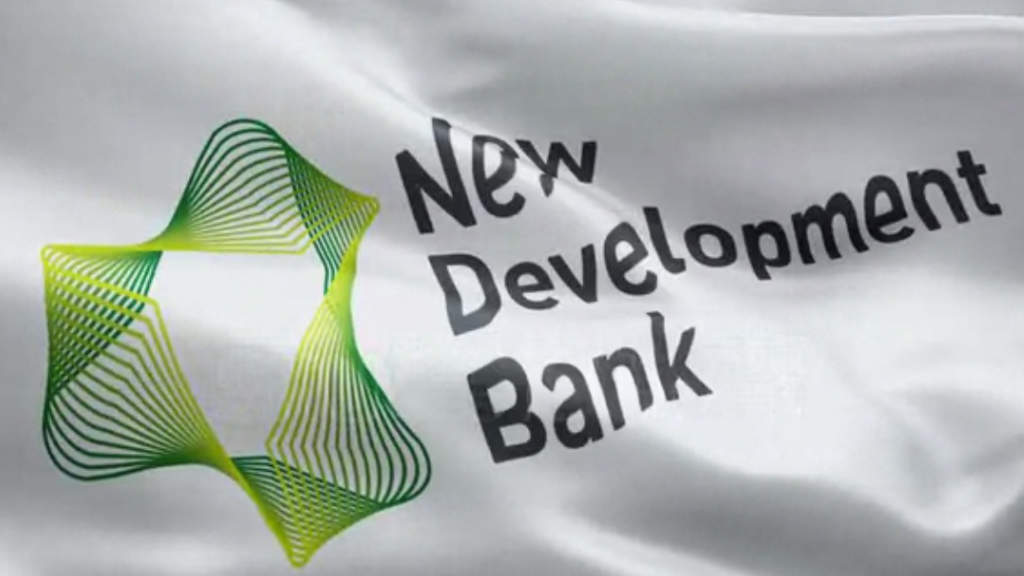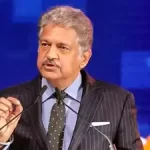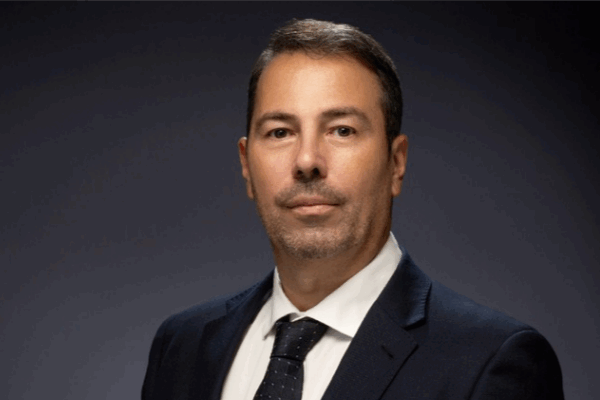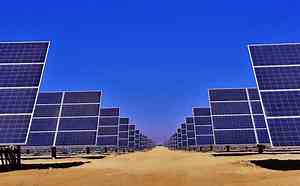BRICS New Development Bank: 2025 Development Updates.
The current expansion of the BRICS New Development Bank (NDB) is taking place in accordance with the implementation of the NDB strategy for 2022-2026, according to the bank’s head, Dilma Rousseff. In addition to the founding members – Brazil, Russia, India, China and South Africa – several new members have joined, including Bangladesh and the UAE (2021), as well as Egypt (2023).
In March, Indonesian President Prabowo Subianto announced that his country would join the NDB. Ethiopia also wants to become part of the structure.
On May 22, the NDB announced that Algeria would also join the bank’s stakeholders, saying that the country “plays an important role not only in the North African economy but also at the global level, which will contribute to strengthening the position of the New Development Bank in the international financial arena.”
The accession of Algeria will allow the NDB to expand the geography of its operational activities, diversify the bank’s project portfolio and, accordingly, credit risks, and deepen cooperation between the organization’s member countries on issues related to the bank’s activities.
Uruguay is also considering joining the BRICS New Development Bank – an agreement to join the NDB is under consideration by the national parliament, the Russian embassy in Montevideo said.
A gradual increase in the number of member states will allow the NDB to increase its weight among global and regional multilateral development banks. This will also provide an opportunity to more actively promote the financial and economic agenda in the interests of both Russia and developing countries in general.
Joining the NBD is easier than joining the BRICS as a community, since countries do not need the consent of all the countries in the group to do so. The bank also allows its members to carry out significant infrastructure projects. For example, the NDB previously approved a loan of up to US$50 million to the Brazilian state of Pará to improve its water infrastructure.
Russia is also using the bank’s funds, with the NDB allocating about US$1.2 billion in loans to Moscow. This money will go to four infrastructure projects that were frozen due to sanctions in 2022. Among them is the development of water supply and sanitation systems; the goal of this project is to modernize the water supply system in cities along the Volga.
The NDB has also been actively helping develop significant infrastructure projects. For example, it was previously reported that the bank plans to increase its lending for Bangladesh development projects to US$1 billion this year to assist with the implementation of a project that will stabilize the water supply in Dhaka.
Source: Russiaspivottoasia





